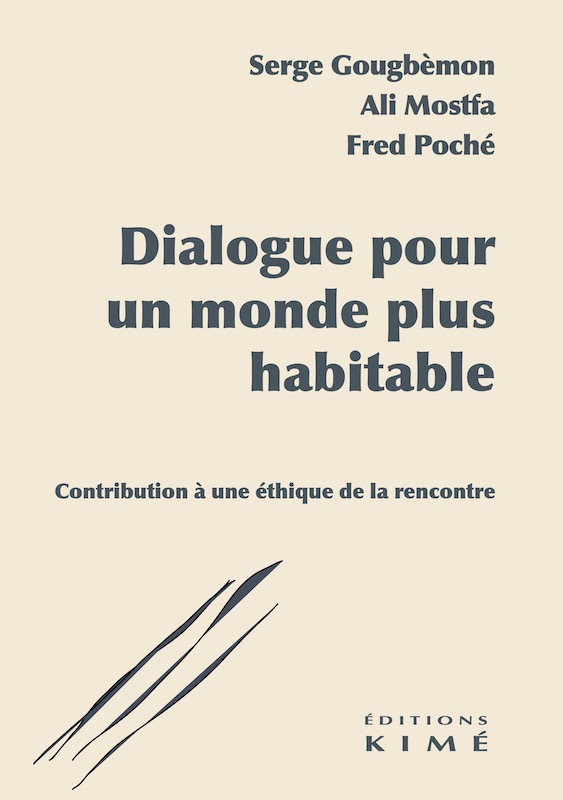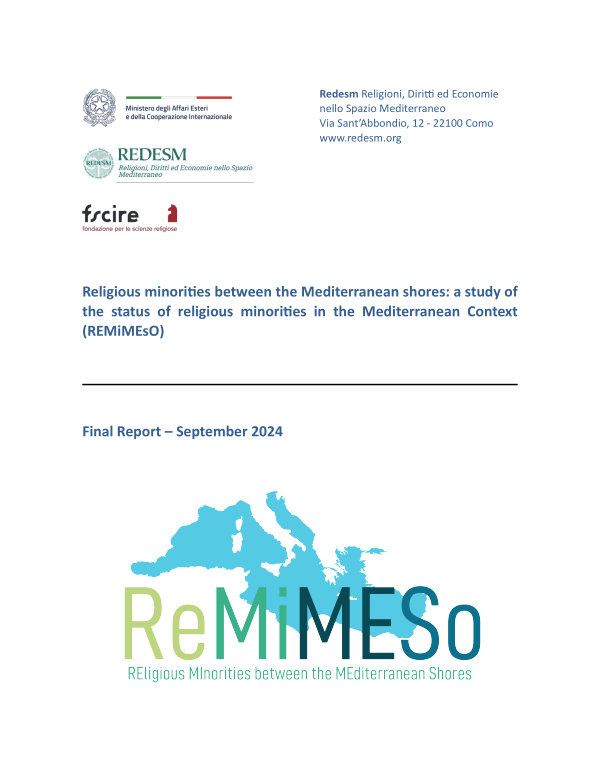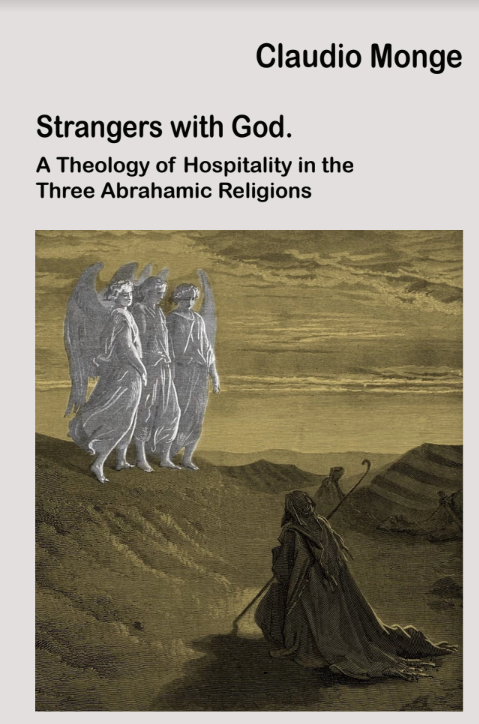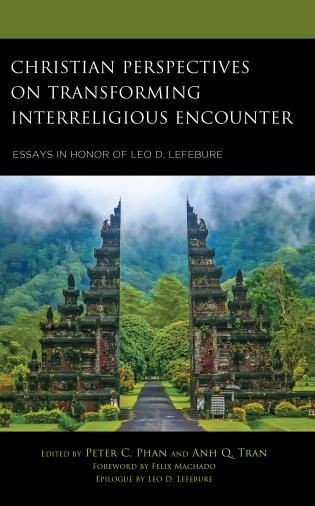
Référence :
Sakrani, Raja, The Ḏhimmī as the Other of Multiple Convivencias in al-Andalus. Protection, Tolerance and Domination in Islamic Law, in: Rechtsgeschichte – Legal History Rg 26 (2018) 95-138, online: http://dx.doi.org/10.12946/rg26/095-138

English

The Ḏhimmī as the Other of Multiple Convivencias in al-Andalus
The figure of ḏhimmī is certainly the most emblematic juristic figure in the history of Islamic law. Strangely, it also has the juristic status of being the most ambiguous and complex, as it lacks a coherent, genuine legal shape and doctrine. Quranic references to ḏhimma or ahl al-kitāb (“People of the Book”) complicate the landscape. However, the ḏhimmī’s juristic corpus has played a major role in organising the cohabitation, domination or exclusion of non-Muslims in conquered territories for centuries.
Convivencia in al-Andalus represents a unique experience in the history of Islamic law and Europe, the results of which are still felt today. But what is to be learned from the former inclusion/exclusion of ḏhimmī? This issue, linked to understanding otherness, is fundamental to studying Convivencia and grasping its mechanisms. Monotheistic Others in Islam (Jews and Christians) can thus teach us about Islam and guide us as we do.
Iberian Convivencia, seen as a narcissistic injury and repressed memory to this day, is a historical and cultural chance to reflect upon and research the Self and the Other. If Muslims in Europe today consider themselves, often unconsciously, as being a kind of ḏhimmī, it is because Islamic discourse on the Self and the Other is profoundly inscribed into this juristic and historical heritage. Understanding facets of Convivencia/ (de-)Convivencia from an Arab-Islamic view requires examining ḏhimmī in all states: protected, tolerated, dominated or persecuted. Focusing on ḏhimmī’s legal status is methodologically fruitful, as pitfalls in research based solely on Islamic legal texts are avoided. It further does justice to the often obscured human dimension of Muslims and ḏhimmī living together.
Titre original : “The Ḏhimmī as the Other of Multiple Convivencias in al-Andalus”
Résumé
La figure du ḏhimmī (ndlr : sujet non musulman dans un État musulman) est certainement la figure juridique la plus emblématique de l’histoire du droit islamique. Étrangement, elle a aussi le statut juridique le plus ambigu et le plus complexe, car elle n’a pas de forme et de doctrine juridique cohérente et authentique. Les références coraniques aux ḏhimma ou ahl al-kitāb (gens du Livre) compliquent le paysage. Cependant, le corpus juridique du ḏhimmī a joué un rôle majeur dans l’organisation de la cohabitation, de la domination ou de l’exclusion des non-musulmans dans les territoires conquis depuis des siècles.
La Convivencia en al-Andalus représente une expérience unique dans l’histoire du droit islamique et de l’Europe, dont les résultats se font encore sentir aujourd’hui. Mais que faut-il retenir de l’ancienne inclusion / exclusion des ḏhimmī ? Cette question, liée à la compréhension de “l’altérité”, est fondamentale pour étudier Convivencia et en saisir les mécanismes. Les Autres monothéistes de l’Islam (juifs et chrétiens) peuvent ainsi nous apprendre sur l’islam et nous guider dans notre démarche.
La Convivencia ibérique, perçue comme une blessure narcissique et une mémoire refoulée jusqu’à aujourd’hui, est une chance historique et culturelle de réflexion et de recherche sur le Soi et l’Autre. Si les musulmans d’Europe se considèrent aujourd’hui, souvent inconsciemment, comme étant une sorte de ḏhimmī, c’est parce que le discours islamique sur le Soi et l’Autre est profondément inscrit dans cet héritage juridique et historique. Comprendre les facettes de la Convivencia / (dé)Convivencia d’un point de vue arabo-islamique nécessite d’examiner les ḏhimmī dans tous les états : protégés, tolérés, dominés ou persécutés. Se concentrer sur le statut juridique du ḏhimmī est méthodologiquement fructueux, car les pièges de la recherche basée uniquement sur les textes juridiques islamiques sont évités. Elle rend en outre justice à la dimension humaine souvent occultée de la cohabitation entre musulmans et ḏhimmī.
لا شك في أنّ صورة أهل الذمة تُعدّ الصورة القضائيّة الأكثر رمزيّةً في تاريخ القانون الإسلامي. ومن الغريب أنّ لهذه الصورة مكانة قضائيّة لكزنها الأكثر إبهامًا وتعقيدًا، إذ إنّها تفتقر إلى الشكل والمبدأ القانونيّين المتّسقين والفعليّين. إنّ المراجع القرآنيّة للذمّة أو أهل الكتاب تعقّد المشهد، إلّا أنّ مدوّنة أهل الذمة القانونيّة قد أدّت دورًا جوهريًّا في تنظيم تعايش غير المسلمين في الأراضي المحتلّة أو سيطرتهم عليها أو استبعادهم منها لقرون عدّة.
ويقدّم التعايش في الأندلس تجربة في تاريخ القانون الإسلامي وفي أوروبا لاتزال آثارها قائمة حتى اليوم. ولكن، ما الدروس المستفادة التي يمكن استخلاصها من احتواء أهل الذمة واستبعادهم؟ تُعدّ هذه المسألة التي ترتبط بفهم الغيريّة أساسيّةً بالنسبة إلى دراسة التعايش واستيعاب آليّاتها. بالتالي، يمكن أن نتعلّم من خلال الآخرين الموّحدين في الإسلام (اليهود والمسيحيين) حول الإسلام ويمكنهم أيضًا إرشادنا أثناء ذلك.
ويُعد التعايش في الجزيرة العربية، الذي لا يزال يُعتبر أذىً نرجسيًّا وذكرى مكبوتة حتى اليوم، فرصة تاريخيّة وثقافيّة للتفكير مليًّا والبحث حول الذات والغير. وإن كان المسلمون في أوروبا يعدّون أنفسهم اليوم، من دون قصد في أغلب الأحيان، من أهل الذمة، فإنّ ذلك يعود إلى أنّ الخطاب الإسلامي حول الذات والغير مُدرَج بعمق في الإرث القانوني والتاريخي. ويتطلّب فهم أوجه التعايش من وجهة النظر العربيّة الإسلاميّة دراسة أهل الذمّة في جميع حالاتهم: في حالة الحماية، والتسامح، والسيطرة، والاضطهاد. إنّ التركيز على الوضع القانوني لأهل الذمة أمر مثمر من الناحية المنهجيّة، إذ يتم تفادي العثرات التي تواجه البحث القائم على النصوص القانونيّة الإسلاميّة فقط. كما أنّ ذلك يحقّق المزيد من العدالة للبعد الإنساني الغامض للمسلمين وأهل الذمة الذين يعيشون معًا.
Resources of this researcher

videos
The Question of Otherness in Classical Islam
Argument: How did Muslims represent the other? Here is a questioning overloaded with history, memory and narrative Islamic identity difficult to decode. Fourteen long centuries of conquests and def...

article
The Ḏhimmī as the Other of Multiple Convivencias in al-Andalus
The figure of ḏhimmī is certainly the most emblematic juristic figure in the history of Islamic law. Strangely, it also has the juristic status of being the most ambiguous and complex, as it lacks a ...

article
The Law of the Other
Abstract As the Other is indispensable for the construction of self-identity and collective identity, the question of the Other is viscerally linked not only to the question of identity but also...
Resources related to Religious Pluralism
Religious Pluralism

publication
Dialogue for a More Livable World: Toward an Ethics of Encounter
- Mohamed-Ali Mostfa
How can we live in a climate of mistrust, trapped in identity-based withdrawal, and paralyzed by an uncertain future? On what basis can we open new paths to ease suffering—perhaps even reenchant ou...

videos
Inaugural Lecture for the Chair in Mediterranean Studies, Religions and Societies
- Dominique Avon
Lecture given by Professor Dominique Avon on October 13, 2025, at the Pontifical Institute for Arabic and Islamic Studies (PISAI).

publication
Religious minorities between the Mediterranean shores: a study of the status of religious minorities in the Mediterranean context (REMiMEsO) – Final Report
- Alessandro Ferrari
The REMiMESo project, led by Ilaria Valenzi and supported by the Italian Ministry of Foreign Affairs, explores the situation of religious minorities in five Mediterranean countries: Israel, Morocco...

videos
Christian Thought, Muslim Thought and Societal Issues: Launch of the “Theologies in Dialogue” Chair
- Mohammad Ali Amir-Moezzi
- Michel Younès
On Wednesday, September 25, 2024, this inaugural conference presents a new chair entitled "Theologies in Dialogue" at the Faculty of Theology of the Catholic University of Lyon. The speakers, Miche...

article
The Abu Dhabi Document: A Potential Cornerstone for Islamic-Christian Dialogue in Italian Educational Contexts
- Antonio Cuciniello
In Italy, the migratory phenomenon has also had an impact on the school system, becoming an interesting potential field for intercultural and inter-religious encounters. As regards, for instance, t...

publication
Strangers with God. A Theology of Hospitality in the Three Abrahamic Religions
- Claudio Monge

publication
Can Christians Learn from Qur’anic Christology? Leo Lefebure’s Theology of Judaism and Islam
- Klaus von Stosch
Published in Publié dans Christian Perspectives on Transforming Interreligious Encounter “Christian Perspectives on Transforming Interreligious Encounter” underscores the urgency of int...

videos
Cosmopolitanism and minority rights: going beyond the protection of ethnoreligious minorities in the Middle East
- Hélène Rey
This communication challenges traditional approaches to ethnoreligious diversity in the Middle East, arguing that the focus on "protecting minority rights" is inadequate. It demonstrates how these ...



 Download PDF
Download PDF

